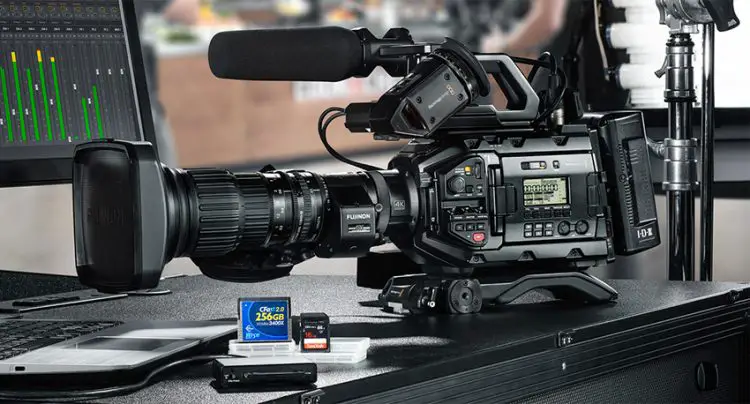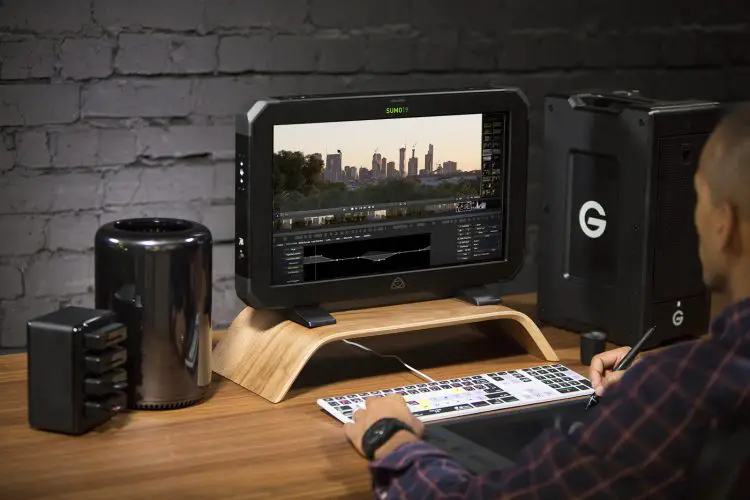
[ad_1]
Many up-and-coming filmmakers and videographers will figure out how to do things like shooting and editing and even how to best work with clients. Where beginners usually don’t have much experience is with pricing their work. It’s a very difficult task as you want to find the ideal structure that is easy to work with, pays you enough to make it worth it, and that the client understands.
Producer and videographer Saj Adibs shows off a couple different methods for pricing your services. He shows off a way that is easy to understand and a few, perhaps better, but more difficult options.
Saj has over eight years of experience to draw on for pricing video production. He has also seen pricing decline over the years with very simple structure. He still thinks the simple way has value for newcomers, but other methods are better.
For the simple method, it is an easy breakdown. In the example, Saj talks about a marketing video. He adds a few items to the list:
- Pre-Production – 2 Hours – Producer
- Production – 1 Day – DP/Sound/Grip
- Editing – 10 Hours – Editor
It is three columns: the task, the time, and the people. Based on research from the market (Chicago in this case) for the jobs, he is able to estimate the cost. A producer, for example, makes about $80 an hour, so for two hours of work that is $160.
Then there is production, which you break down by the staff. A day rate for a DP is $800, for an audio tech that’ll run $900 including gear, and grip is $550. Plus, 10 hours of editing is about $750.
Now you have a total of $3,160 for a simple marketing video just for staff. Gear isn’t even included yet. Camera equipment is $300, lighting is another $300, and audio was included. Depending on what you are working with this might change. In-house gear you still want to bill for and rentals you obviously need to charge to cover.

Images by Blackmagic Design
Next, you need to add a little bit of a premium for a profit. If you are producing and doing this work you need to bill for that work. You can add a 20% charge for the producing of the job as a simple method. However, you should likely add on a little additional charge to make up for miscellaneous charges or simple overhead like rent.
Saj isn’t a huge fan of this model. Usually what ends up happening is that everyone ends up lowering prices to get a better bid on the job, but that isn’t a safe strategy. If you are brand new this is a fine place to learn and get your footing.
The alternative method is to become the premium option in your area. If you target a higher price then you can actually gain a perception that you are in fact the best and worth that price. The catch is that you need to guarantee you will deliver results. Charge a premium and be premium.

Image Credit: Atomos
Another way of thinking is to become more specialized. If you become the person considered the expert in making videos in a specific niche you can likely charge a premium. Your expertise and experience focusing in on a category is of value and people will trust you because of it. You are no longer just part of the pack.
And yet another method is on guaranteeing results in other ways. Continuing with a marketing video example you may find that if someone does a cheaper video they might run the ads and then forget about it if it doesn’t work. If they spend a lot they are going to try and figure out how to make it work.
If you can jump in and help them ensure the video is placed properly for ads and then the company gets results from it that is a huge added value you can charge a premium for. This does require scaling your business.
Do you have any of your own advice or experience with pricing?
[source: Saj Adibs – Filmmaking Mentor]
[ad_2]






